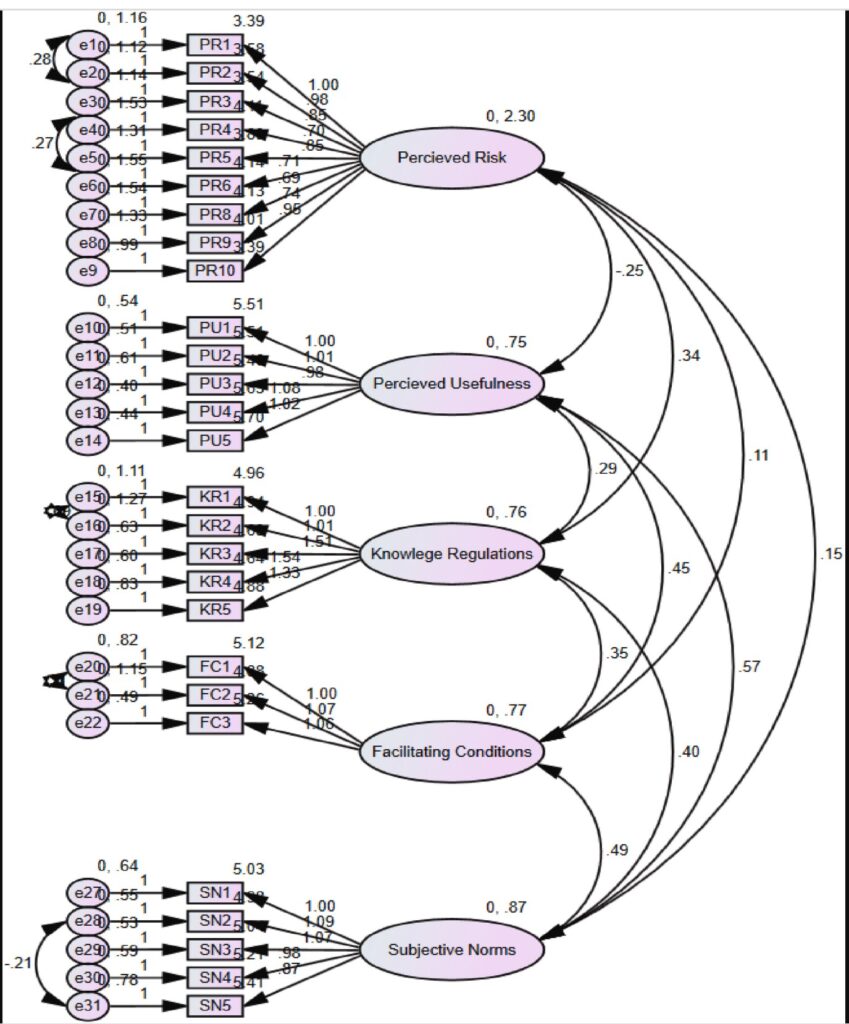Lamb, T. L., Myers, P., & Truong, D. (2022). Small Unmanned Aircraft Operator Perceived Risk Factors in the VMUTES model. Journal of Air Transport Management, 103, 102243.
Abstract
The significant benefits of using uncrewed aircraft systems for industrial inspections are now recognized, and the implementation of these commercial drones is increasing exponentially. However, there is a lack of tools to explain and understand the remote pilot’s risk perception. The established VMUTES model measures a remote pilot’s behavioral intention to use drones for commercial purposes, thus, filling a critical gap in the literature and providing a tool to measure behavioral intent. However, in the established VMUTES model, perceived risk was not explored as the outcome variable. A remote pilot’s perception of risk is critical for safe operations. This study modifies the VMUTES model using the original VMUTES dataset to explain factors contributing to a remote pilot’s risk perception. The theory of planned behavior, the technology acceptance model, and the original VMUTES model support the foundational theory for this study. Good model fit was achieved with the confirmatory factor analysis rather than the full structural equation model; however, the efficacy of the VMUTES was confirmed. Surprisingly, the results indicated a significant negative relationship between Perceived Usefulness and Perceived Risk suggesting remote pilots’ perceptions of usefulness impact risk perception.

